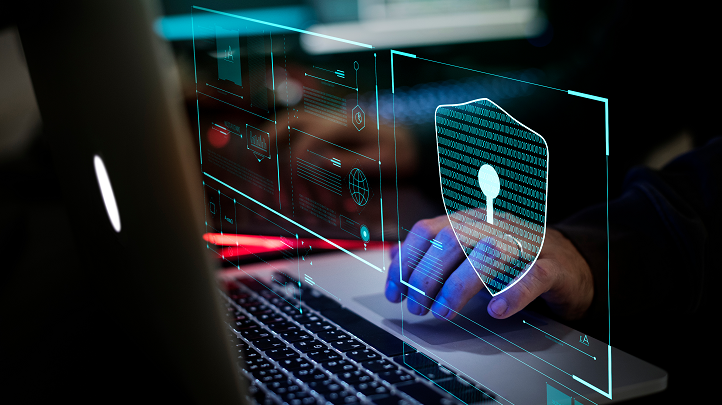Copyright © 2025 LOOP All Rights Reserved.
Certified Advanced Persistent Threat Analyst

Course Description
Cyber-attacks have become so sophisticated over the years, that a new term has emerged - Advanced Persistent Threat, which we will refer to as APT. An APT is a group of individuals that have both the means and the intent to launch persistent attacks against specific targets. Understanding these groups and their behavior is important when evaluating threats against any organization.
Hackers have traditionally targeted large corporations, but today small to midsize businesses are being attacked with the same type of highly sophisticated malware. These new strains of advanced malware are often referred to as APTs
Modern malware uses Advanced techniques such as encrypted communication channels, kernel-level rootkits, and sophisticated evasion capabilities to get past a network’s defenses. More importantly, they often leverage zero day vulnerabilities – flaws for which no patch is available yet and no signature has been written.
Modern malware is often Persistent and designed to stick around. It’s stealthy and carefully hides its communications. It lives in a victim’s network for as long as possible, often cleaning up after itself by deleting logs, using strong encryption, and only reporting back to its controller in small, obfuscated bursts of communication.
Many attacks are now blended combinations of different techniques. A common tactic for hackers is to initiate an APT with spear phishing. This involves sending a carefully crafted email that appears to be in the from of a known individual or business with a link to a malicious website or an infected download.
Once the initial breach is successful, attackers can further damage defenses by disabling security protocols, changing security settings or stealing passwords. Groups of highly skilled, motivated, and very well-funded attackers represent significant Threats because they have very specific targets and goals in mind – often financial gain from theft of credit cards and other valuable account information.
Here are the topics that we will be covering in this course. We will begin by going over the APT Lifecycle and teach you a structured approach to analyze and assess inherent vulnerabilities. We will teach you mitigation and countermeasures that may prevent an attacker from gaining a foothold into an organization.
Next, we will get you familiar with APT1 Group and some common ATPs we have seen in the last few years like Stuxnet, and two new ones, Adwind and Poseidon. Lastly, we will get you familiar with the Cyber World War.
Course Objectives
1. Understanding APTs
2. Equation Group
3. Advanced Dissecting Techniques
4. Fighting ATPs
Content
Understanding APTs
Equation Group
Advanced Dissecting Techniques
Fighting ATPs
Certified Advanced Persistent Threat Analyst
- SKU CRS-N-0049512
- Duration 9 hr 0 mins
- Skill level All Levels
- Languages en_US
- Tag(s) SkillsFuture Certified Advanced Persistent Threat Analyst


